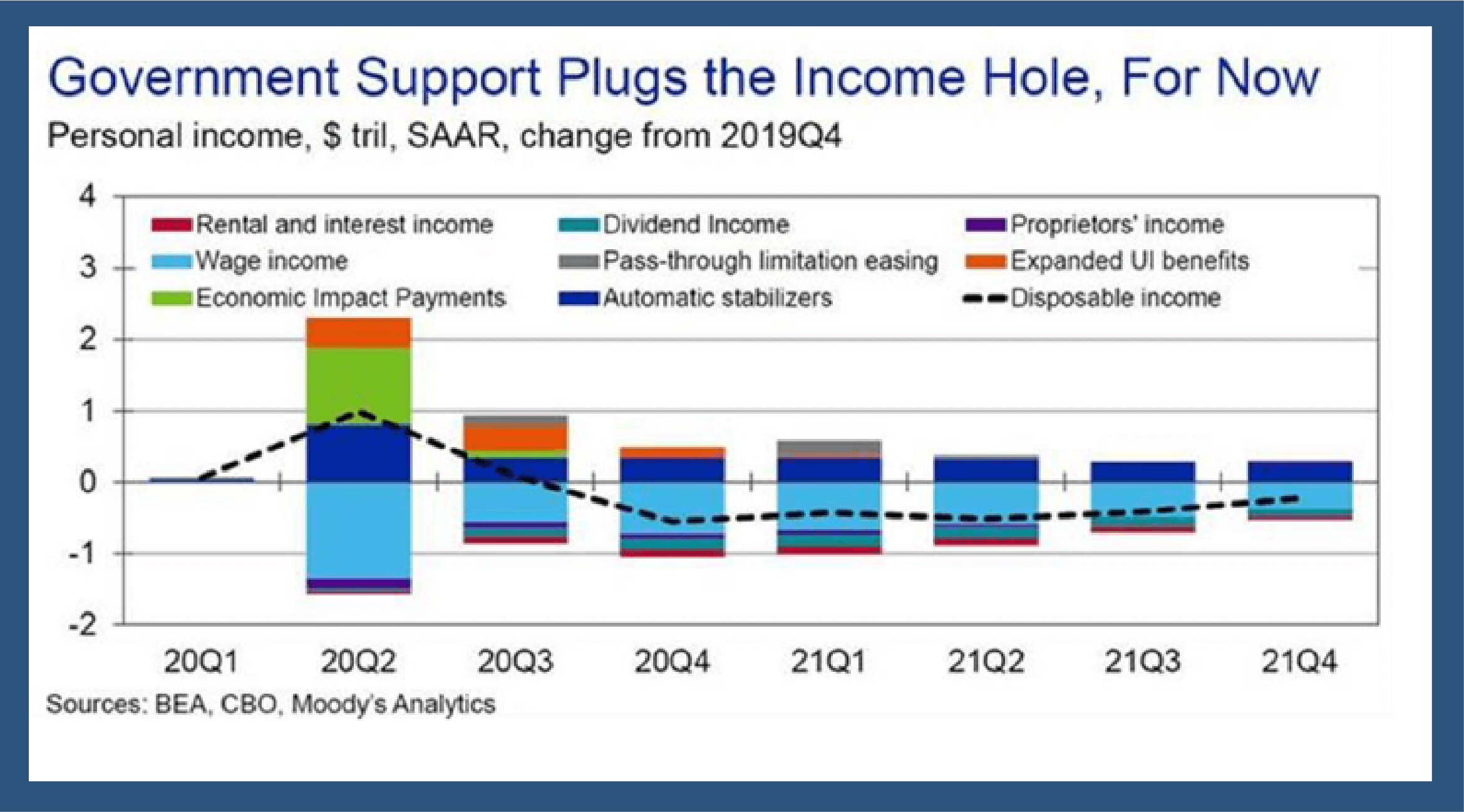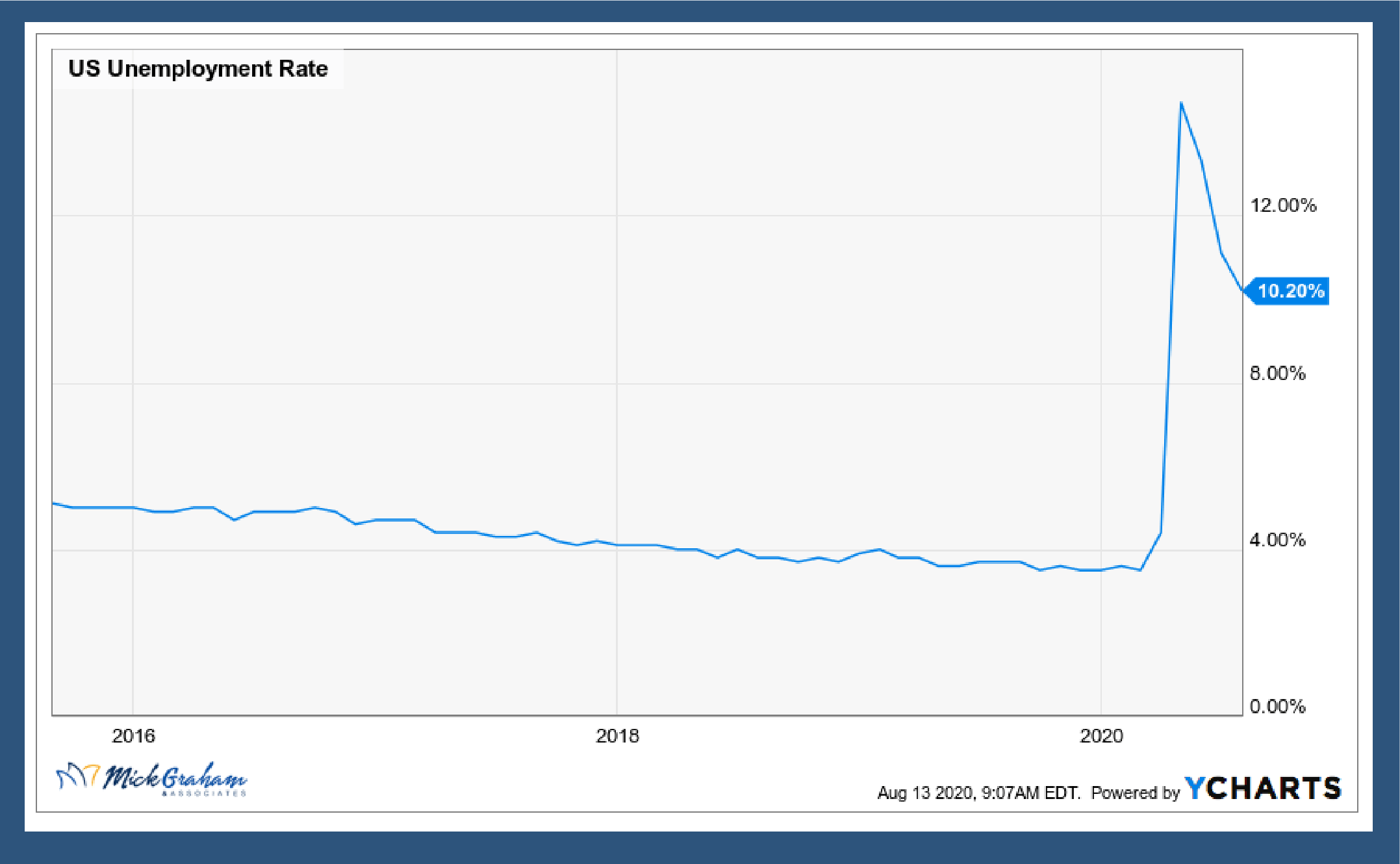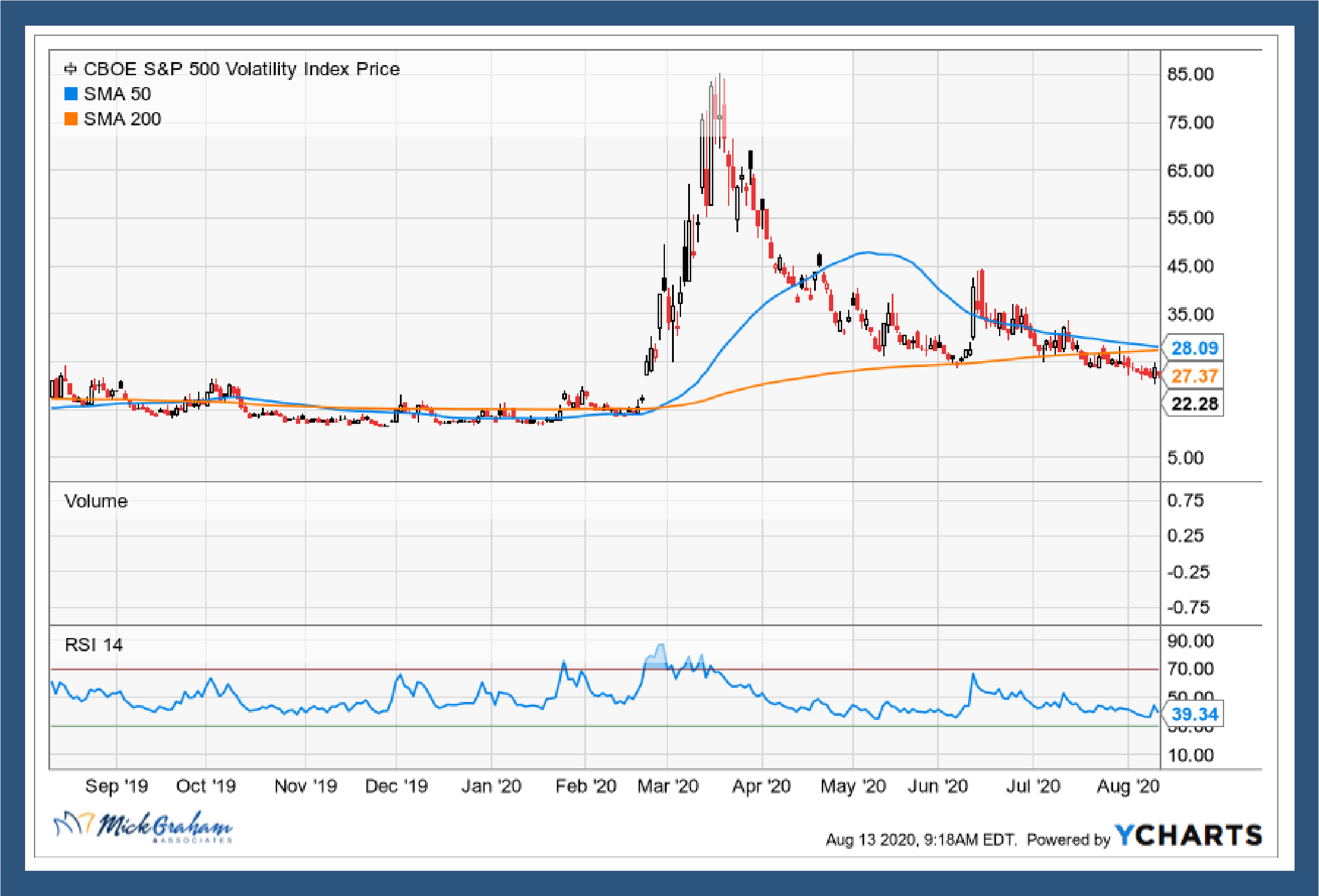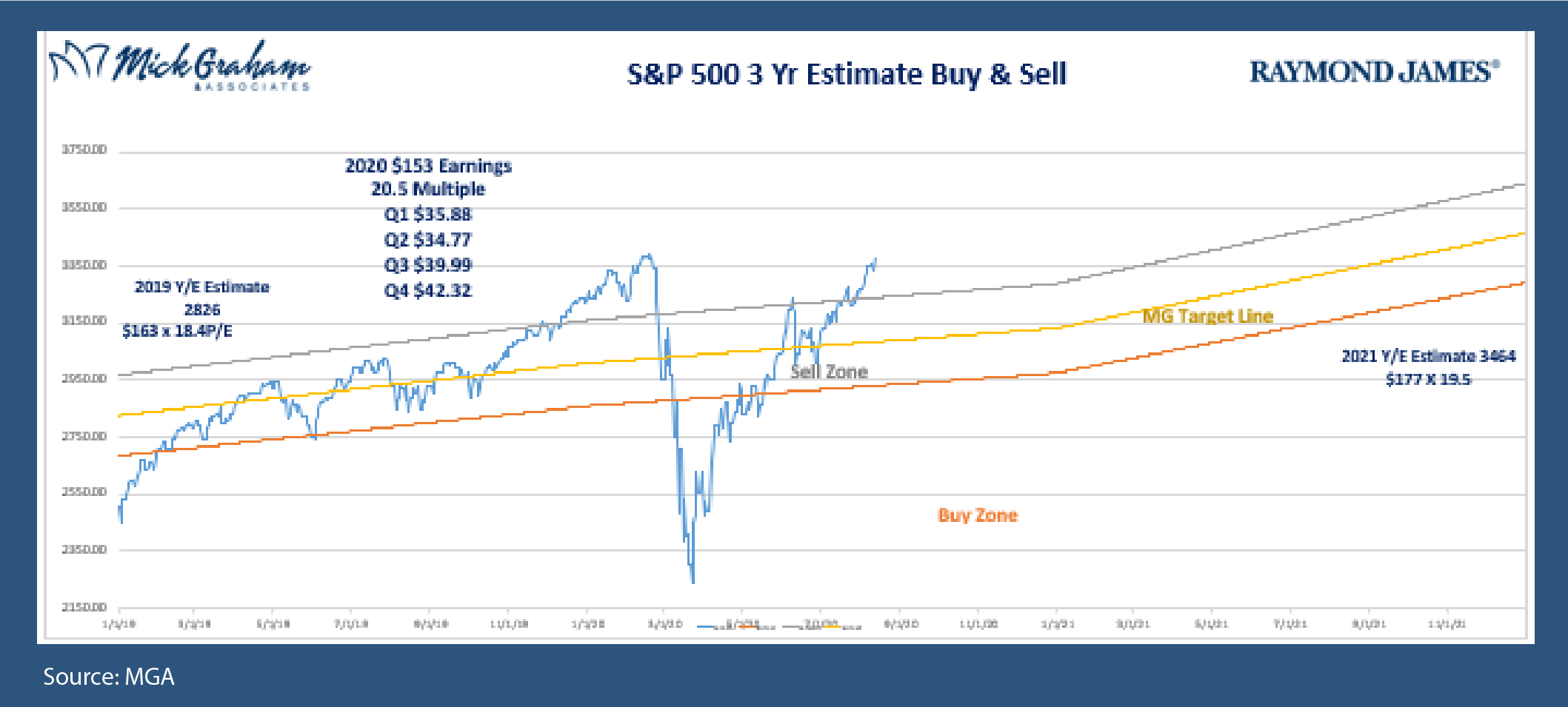Science, Stimulus & Surprises

To watch/listen to this week’s article, please click here. https://www.youtube.com/watch?v=_bimUX9X4Bw
I’m going to sum this week’s note up in the first paragraph….We believe the market is expensive, many stocks are not. Done. With allll that said, here’s the Buy/Sell.
Just kidding…we appear to continue to grind higher while our political leaders beat each other on the details of another fiscal aid package, this point in time the market movements can be summed up by the three “S”s.
Science, Stimulus and Surprises
The science relates to the race to create a vaccine. Last week Russia made claims that they were the first to market, which has been met with skepticism worldwide. The good news out of this (whether you believe the claims or not), is that if we are in another arms race with Russia, at least this time around is creating something that can help people rather than harm. I feel the market has at least priced in the fact that there will be a vaccine, it’s more of a matter of when it will be available and who gets to market first.
It’s hard to imagine that there will not be another round of stimulus in the near future. It appears as of now that the Democrats are holding steady on a $3 Trillion package, while the Republicans are somewhere around $1 Trillion. I estimate that the stimulus “so far” has added around 20% to 30% to annual earnings this year. The concern about this amount of stimulus is when the tapering starts, just how long it will take corporations to replace the revenue gained from money being pumped into the system with good products or services.

Disposable Income (dotted line above) looks around 7% higher than it was at the end of 2019. All this, despite massive unemployment. This will likely decline as stimulus dries up. I believe the shift will move from broad based support for the market, to those companies that add value.

I find it funny to read that unemployment is at 10%, however we have 20% claiming benefits.
Surprises in the market are often what move the market in the short term. Economic news has the ability to move the market one way or another and earnings calls and/or analyst research reports can move individual securities. How often do you hear that a company reports better than expected quarterly results and the stock goes down? That could happen for many reasons, however, usually it relates to a surprise in future guidance or an expectation that something was supposed to happen that either didn’t happen or is being delayed. That could be an acquisition, launch of a new product or a managerial change. The market’s job is to price things today, based on expectations of the future. When something happens that is not expected (surprise) there will be a reaction, and sometimes they are extreme.

 We measure surprises by the Volatility index, otherwise known as the VIX. Remember that volatility is a move in either direction, although most of us think of it when a market moves down. If that was the case, after March 23rd the index would have gone close to zero, after we started to move back up. What concerns me about the chart above is that it’s showing complacency in the face of massive fed balance sheets, earnings that have some inflated numbers, and we still don’t have an end to this pandemic…
We measure surprises by the Volatility index, otherwise known as the VIX. Remember that volatility is a move in either direction, although most of us think of it when a market moves down. If that was the case, after March 23rd the index would have gone close to zero, after we started to move back up. What concerns me about the chart above is that it’s showing complacency in the face of massive fed balance sheets, earnings that have some inflated numbers, and we still don’t have an end to this pandemic…
So where does this leave us? Time to take some of the gains that we have enjoyed in the last period of time. Now, I can hear some of you saying, “But I’m only back to where I was…”. That may be true, but there are names that you own that have done extremely well in the past 4 months, and in my opinion, that cannot happen forever. Holding a little cash may be a prudent strategy into an election, and while we examine the names that have not done so well, and determine if there are any companies that have the ability to provide superior goods and/or services (value) beyond stimulus.
With allllll that… Here’s the Buy/Sell for real this time.

The information contained in this report does not purport to be a complete description of the securities, markets, or developments referred to in this material. The information has been obtained from sources considered to be reliable, but we do not guarantee that the foregoing material is accurate or complete. Any opinions are those of the author and not necessarily those of Raymond James. Expressions of opinion are as of this date and are subject to change without notice. There is no guarantee that these statements, opinions or forecasts provided herein will prove to be correct. Investing involves risk and you may incur a profit or loss regardless of strategy selected. Keep in mind that individuals cannot invest directly in any index, and index performance does not include transaction costs or other fees, which will affect actual investment performance. Individual investor's results will vary. Past performance does not guarantee future results. Future investment performance cannot be guaranteed, investment yields will fluctuate with market conditions.
Moving Average (MA) is a widely used indicator in technical analysis that helps smooth out price action by filtering out the “noise” from random price fluctuations. A moving average (MA) is a trend-following or lagging indicator because it is based on past prices. Moving Averages are commonly used to identify trend direction and to determine support and resistance levels. Technical Analysis is a method of evaluating securities by analyzing statistics generated by market activity, such as past prices and volume. Technical analysts do not attempt to measure a security's intrinsic value, but instead use charts and other tools to identify patterns that can suggest future activity. There is no guarantee that this method will be successful or that predictions will be accurate.
The CBOE Volatility Index® (VIX® Index®) is a key measure of market expectations of near-term volatility conveyed by S&P 500 stock index option prices. The S&P 500 is an unmanaged index of 500 widely held stocks that is generally considered representative of the U.S. stock market.

